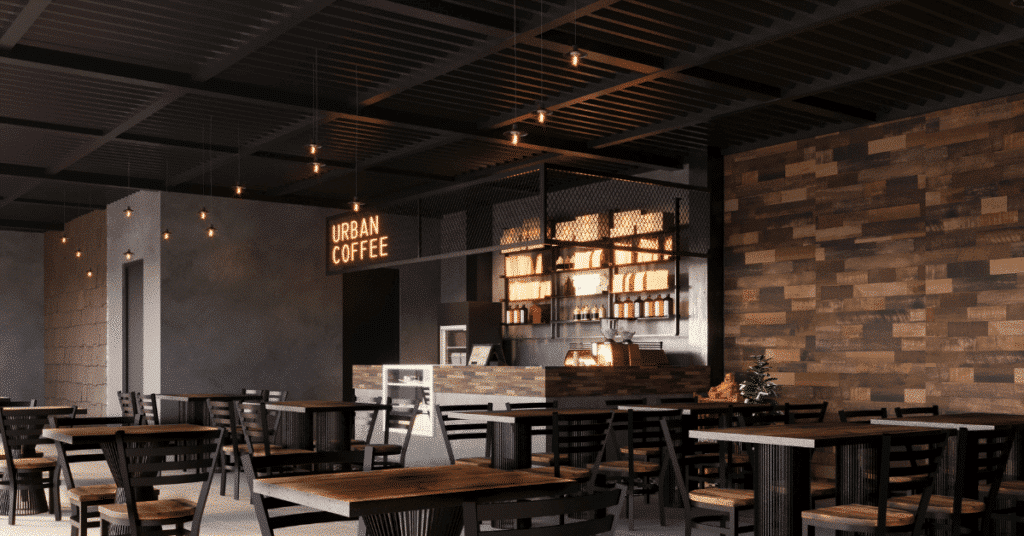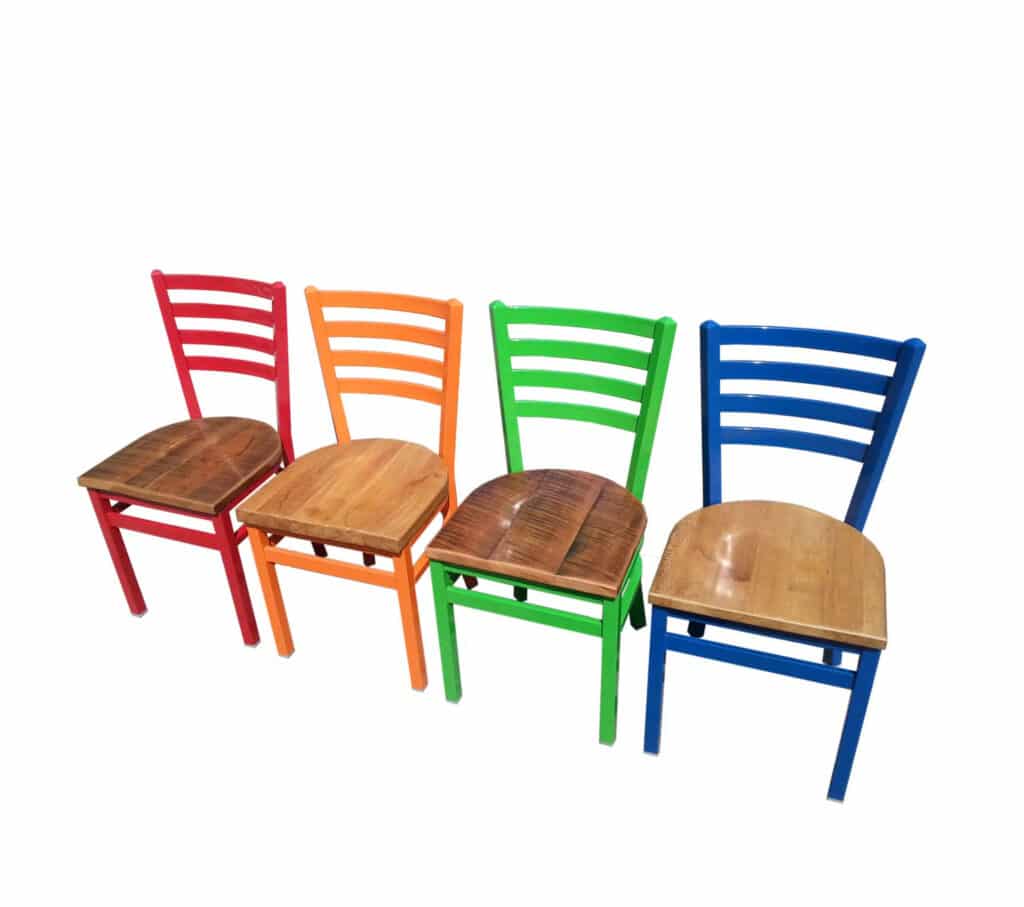Whose Table is it Anyways?
Whose Table is it Anyways – One of the biggest problems in a busy restaurant is the servers trying to figure out how to best handle seating. If a table is sat and two servers both assume that the other person has it, the table will sit there and the guests will be ignored. This is not good for business, and therefore it’s important to have some kind of system so everyone knows who has what tables.
Ways to Assign Tables
There are a few ways to assign tables to the servers. The simplest is to use a table chart. There is a floor chart created that shows what the dining room looks like. The paper is typically laminated or placed under glass so that it can be written on daily. The servers are assigned different tables, which is recorded at the host stand.
There are some problems with this methodology, however. There may be table numbers assigned, and this can be difficult to remember. Particularly, new servers will struggle with remembering the table numbers. If tables are pushed together to accommodate larger parties, it may go across two different sections as well. This leaves more of a problem with servers determining whose table it is.
Wooden Tables
One way to solve this is by using wooden tables. Wood can be painted easily. By adding some color to the restaurant, you can paint the tables a variety of colors. You can then group them by color so that every server is assigned a color. Wood can also be decorated easily. Many restaurants will attach a number plate to the side of the table.
When the tables can be identified by color or number, it’s simple for servers to see whether it is their table or not at a quick glance. Managers can keep a copy of the floor chart in their pocket or on their phone. Servers can write down their assigned table numbers (or colors) on their order taking pad. This ensures that there is no confusion as to who is supposed to get a table.
Guests are greeted faster when we reduce the confusion about whose table it is. This can lead to overall satisfaction with the restaurant. When more guests are being sat with access to social media at their fingertips, customer satisfaction becomes more important than ever. A dissatisfied guest has the potential to reach thousands of future diners within minutes of being sat – and even before a server gets over to them.
Final Words:
Wooden tables provide you with the flexibility to mark them in effective ways. This is to ensure there is no confusion as to what servers are assigned what tables. While a floor chart is an effective solution for assigning servers to multiple tables throughout the restaurant, you cannot depend solely on a floor chart. There can be too many confusing aspects to the dining room layout. As larger parties walk in, servers may push tables together to accommodate them. Marking the tables in one way or another eliminates confusion and greets tables faster.







